Conference / Cycling infrastructure / Mobility / Traffic safety / Urban Mobility Design
Reflecting on Dutch and Danish Design Practices
Last week, Sustainable Mobility Consultant Robin van der Griend presented at the Trafikdage conference in Aalborg, Denmark. Below, he reflects on his experience and compares the Danish and Dutch design practices regarding cycling safety.
Denmark and the Netherlands are both proud that they have become known as cycling nations. But they have some differences in how they got there. Particularly in how intersections are commonly designed to accommodate cycling. The design practice from Denmark and the Netherlands is often put against each other, and I have had many discussions with Danish planners about this. But last week we explored what we could learn from each other instead.
Mobycon and the Danish consultancy firm NIRAS co-hosted a workshop on cycle friendly intersection design at Trafikdage, the Danish National Transportation Conference, held in Aalborg. We discussed the different approaches to intersection design, as well as the design philosophies behind them. Where the Danish practice is built primarily on using solutions that secure objective safety or sikkerhed, the belief in the Netherlands is that solutions should not only be safe but also feel safe. The philosophy behind that is that people can only be invited to cycle if their concerns about safety are met. the Danish language actually has a word for this perception of safety: tryghed.
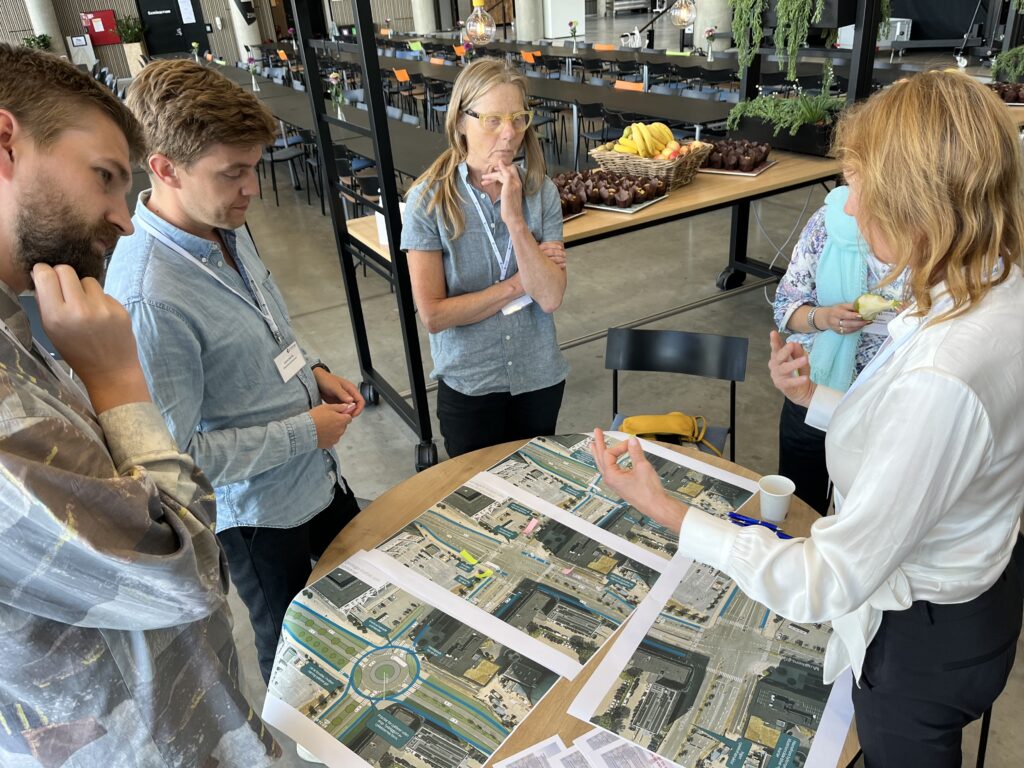

With the Danish design practice, this results in a guideline that recommends ending cycle tracks just before the intersection into a combined lane with right turning motor vehicles. The so-called ‘truncated cycle track’. This is considered objectively safe, but even the Danish guidelines acknowledge that these solutions may lack tryghed, and therefore people often don’t feel safe or comfortable using it. The Dutch design practice on the other hand is to continue the cycle track as much as possible through the intersection, often with a slight offset. The aim is to keep cyclists separated from motor vehicles as much as possible as this is more inviting for most people. A design solution that has internationally become known as a ‘protected intersection’. My colleague Nick Falbo made a great video about this.
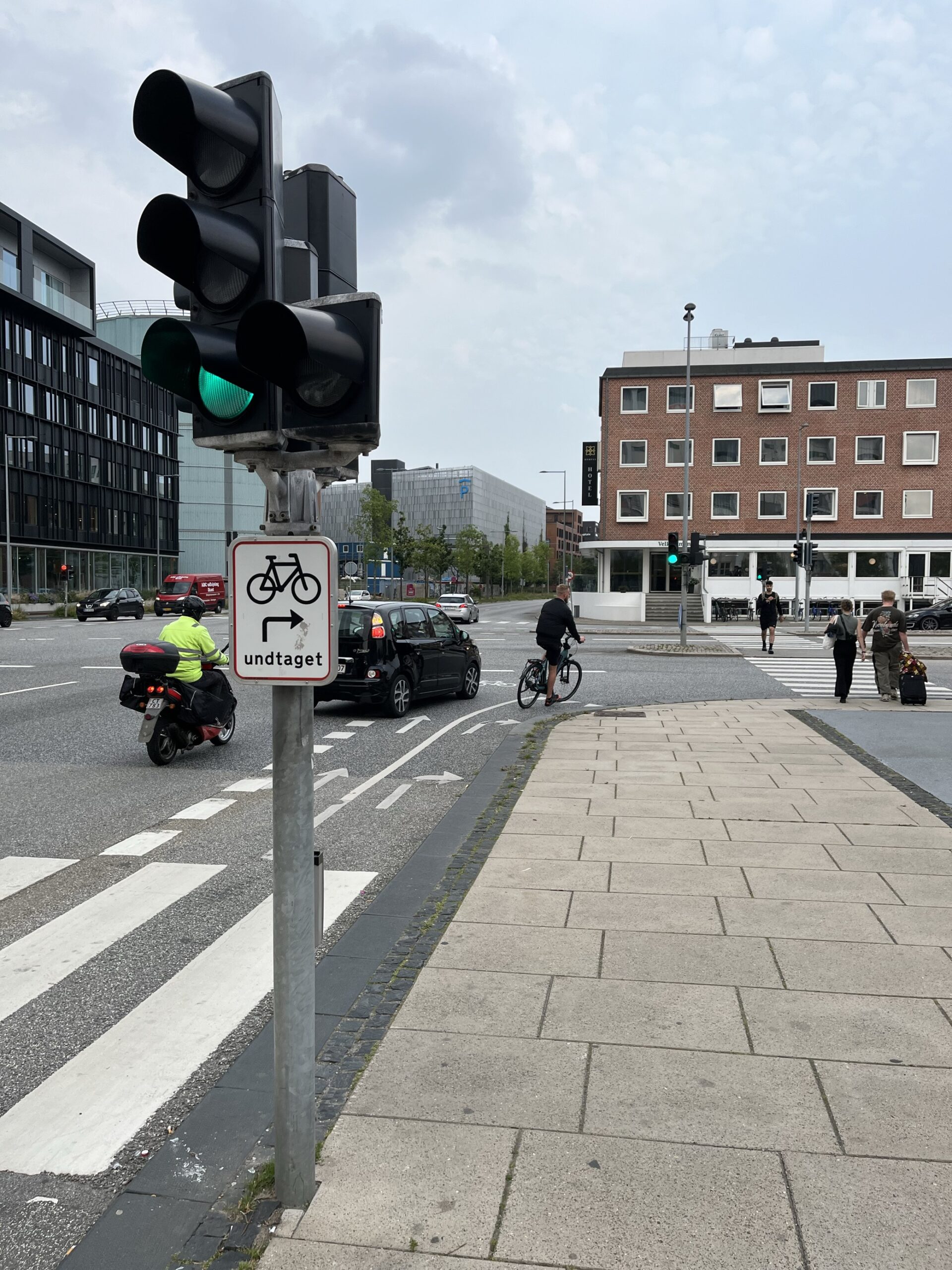
The differences in design practice are most apparent in the approach towards roundabouts. In Denmark, roundabouts are seen as dangerous for cyclists, while the Dutch have really embraced roundabouts as a cycle friendly solution. The key difference is that Danish roundabouts typically have cycle lanes, whereas Dutch roundabouts usually have segregated cycle tracks. Therefore, the difference in attitude towards using roundabouts really lies in this difference in design practice.
Danish planners often refer to the outcome of this Danish study as the reason why roundabouts are not commonly implemented in Denmark. The study showed a decrease in safety for cyclists when intersections were converted to roundabouts. A similar study in the Netherlands showed the opposite effect. At first glance, the research between both countries seem to contradict each other. But a closer look reveals a more nuanced picture. The Dutch study looked at different roundabout designs and found that roundabouts with segregated cycle tracks were safer compared to roundabouts with cycle lanes, both when cyclists had priority over motor vehicles and when cyclists had to give way.
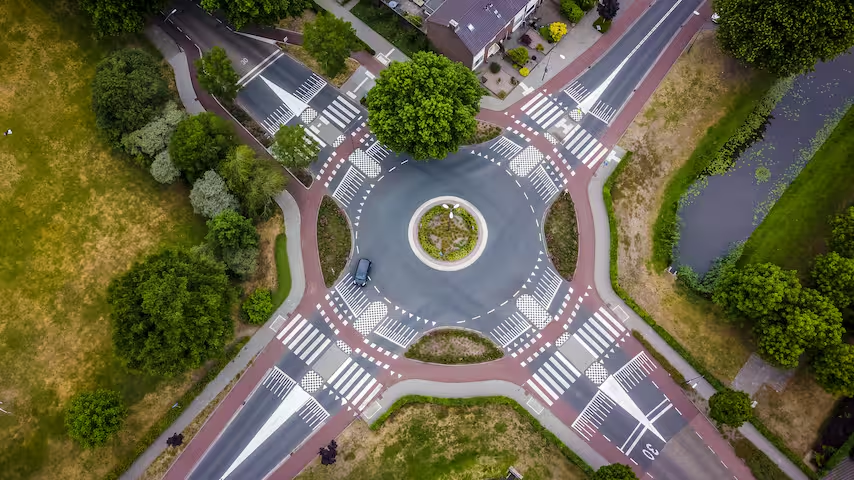
No surprise there. Roundabouts with cycle lanes put cyclists in drivers’ blind spots and the close proximity between road users means there is no margin for error. Roundabouts with segregated cycle tracks allow for better sight lines and give people more time to react to each other. The outcome of this research is why the Dutch guidelines now recommend the design with segregated cycle tracks. The higher degree of separation from car traffic that a segregated cycle track provides is also seen as more inviting people for all ages and abilities to cycle. It is also beneficial that roundabouts provide better flow, as people cycling often don’t have to stop.
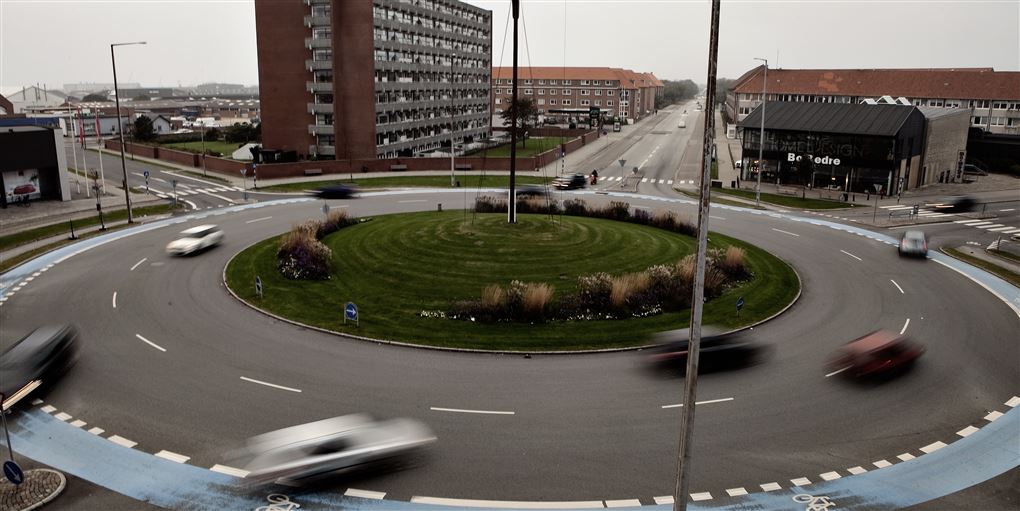
The Danish study also looked at different roundabout designs, and to my surprise, it also found an improvement in safety when intersections in Denmark were converted into a roundabout with segregated cycle tracks. Although, the study only included roundabouts where cyclists had to give way to motor vehicles. I wonder why the Danish planners I had talked to had never brought up this second part of the same study. Did they not know about this?
To me, the outcomes of these studies seem like incentives to further explore how roundabouts could be a cycle friendly solution in Denmark. Not a reason to exclude them from the toolbox entirely. A roundabout may not fit or be suitable everywhere, but based on the potential benefits for safety and flow, it is worth considering as an option. Perhaps a design with segregated cycle tracks and priority for cyclists could show an improvement in sikkerhed, just like the Dutch study showed, while at the same time improve tryghed, so more people feel comfortable enough to start cycling.
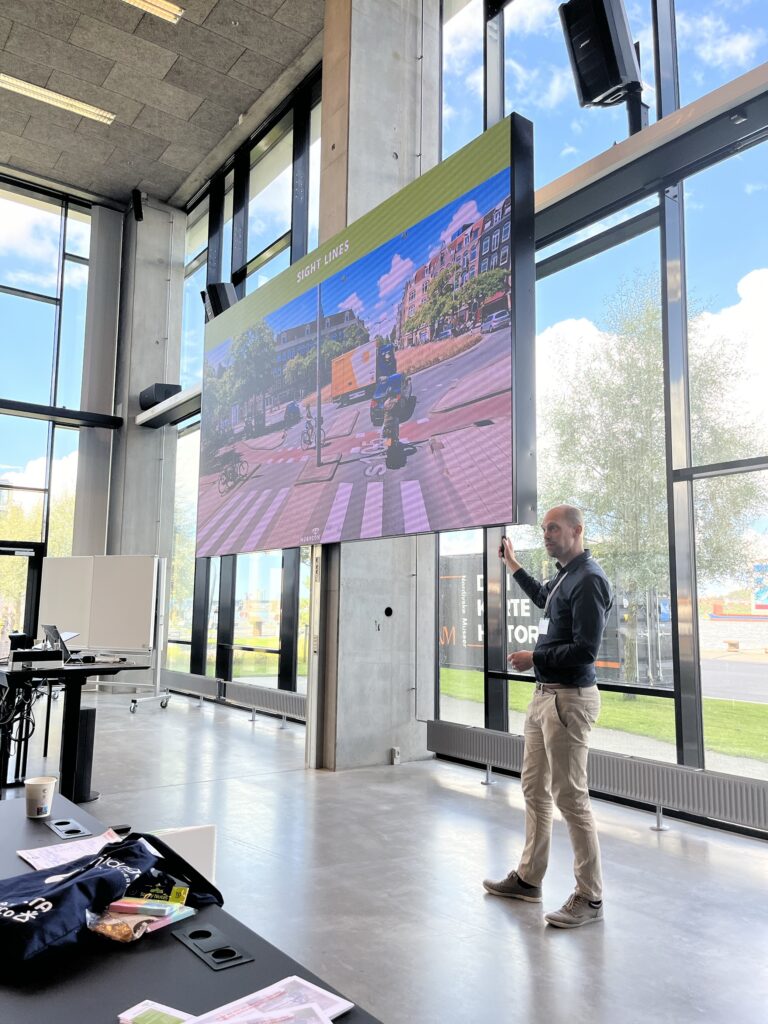
At the conference workshop, we explored both intersection design practices and a roundabout design using a local intersection in Aalborg as a case study. We asked participants to highlight which design elements they liked and which ones they didn’t. Contrary to popular belief, the roundabout approach turned out to be more space efficient than the designs with traffic signals. Many Danish planners at the workshop acknowledged that it is an issue that some of their common design solutions don’t feel safe, and the truncated cycle track actually got quite a few dislikes.
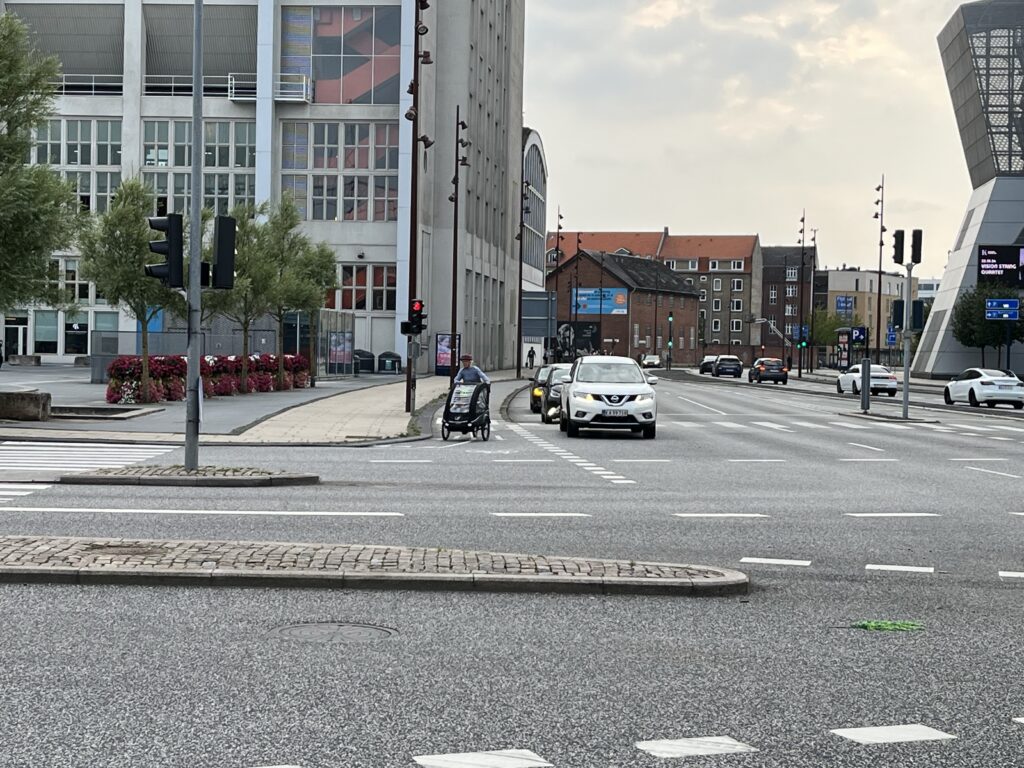
With the Dutch intersection approach, participants liked the free right turn and the protected left turn, but they thought the waiting space at the corners might be too small when there is a high volume of cyclists. On this subject, the City of Amsterdam which has extremely high volumes of cyclists at some intersections, is trying to mitigate this using fruit-like solutions. But another approach could be to reduce waiting times by optimizing signal timings, so fewer cyclists have to wait at the same time. The approach that was most liked was the roundabout. According to participants, this approach has the potential to be more attractive to cyclists as well as beneficial for car traffic, as stops are reduced for all road users.
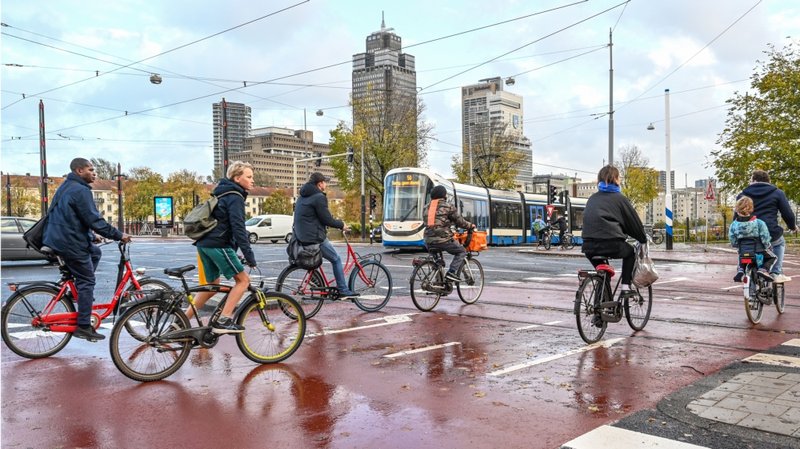
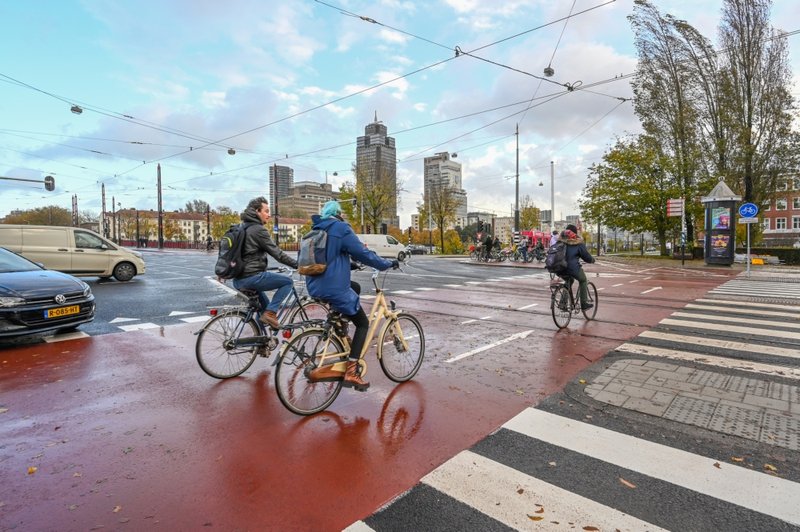
My takeaway from the workshop is that it is valuable to discuss with an open mind how things can be done differently. It is easy to get stuck in doing things your own way, how they have always been done. The knowledge exchange during the workshop helped us to better understand Danish and Dutch design solutions, as well as the philosophies behind them. This is helpful in moving forward. There is no ‘one size fits all’-solution. For each context and situation, it is relevant to explore what would be the best options for a specific goal. Perhaps your neighbor already has just the right tool for what you are trying to achieve in a particular context, and perhaps together you can come up with something new that is even better.
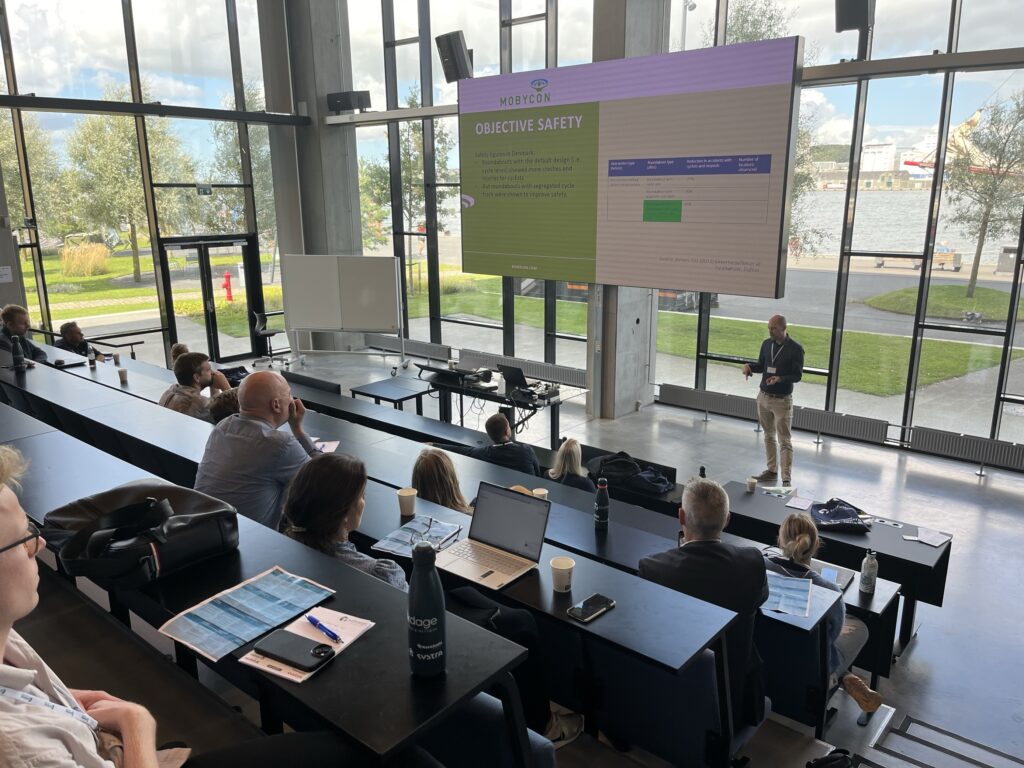
Let us know if you would like to discuss design practices from Denmark and the Netherlands in more detail, or would like to know more about how to design cycle friendly intersections and roundabouts. Together with our Danish partner NIRAS we can provide a workshop to explore what would work best in your context, for example using a local intersection in your towns as a case study.
 ">
">Robin van der Griend
“I am passionate about mobility, especially in urban contexts. It is an exciting challenge to contribute to more liveable places by designing streets that work for people, regardless whether people are staying or going. Using my experience from the Netherlands and the Nordics I enjoy helping cities with becoming more sustainable, mainly through giving people better options to walk and cycle.”

